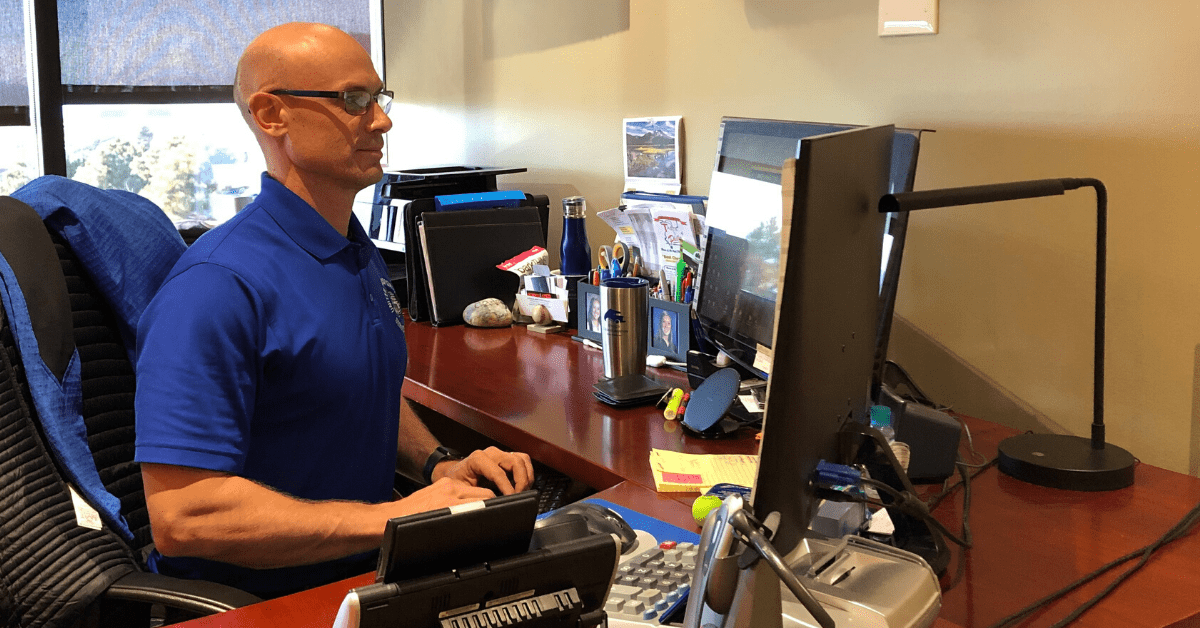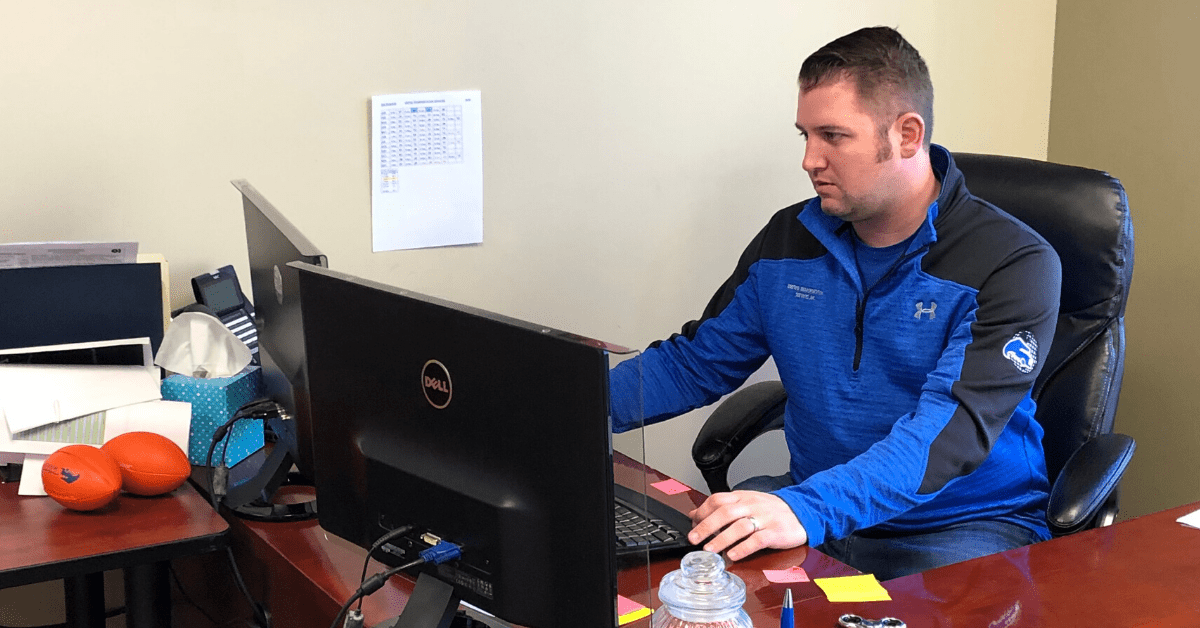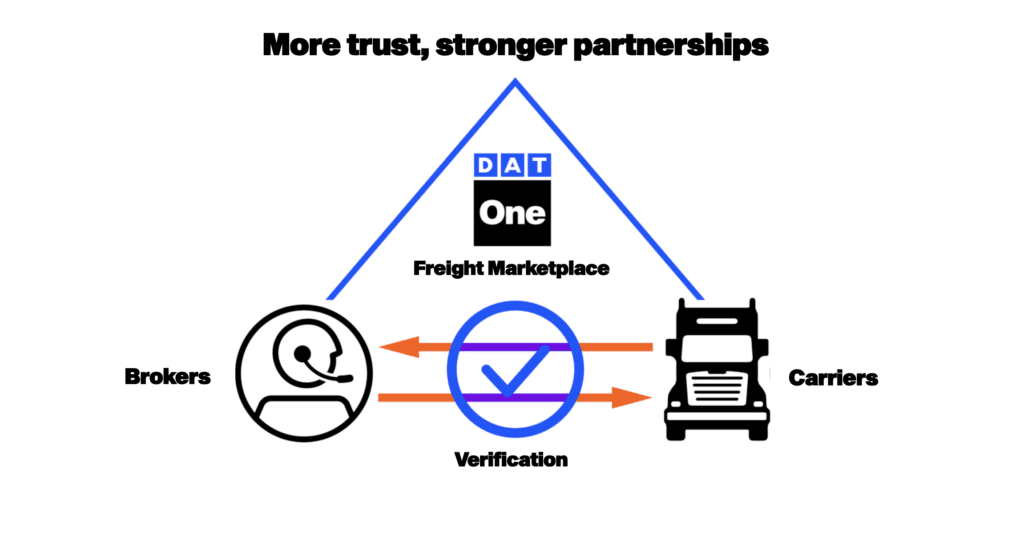There’s a lot of talk these days about “digital brokers.” But just what is a digital broker? A digital broker is simply someone who uses the latest technology to maximize efficiency and eliminate time-wasting manual tasks.
Denver-based United Transportation Services certainly fits that definition. Using various DAT products, the 15-employee company has implemented time-saving technologies while still delivering hands-on, personalized service to its customers.
Ready to streamline your back office? Learn more about DAT Broker TMS >

Bruce Parsons, President and CFO of United Transportation Services
“Any technology that streamlines the steps of the business transaction is beneficial to us, the carriers we use, and our customers.”
– Bruce Parsons, President, United Transportation Services
20 years of growth
United Transportation opened its doors more than 20 years ago. At first it brokered freight from local printing companies, transporting things like phone books and manuals. One of the manual publishers led them to an electronics manufacturer, which became a long-term client and helped the brokerage grow significantly during its first decade. And DAT was with them from the start.
United began using the DAT load board during its first year in business to find trucks for its loads. Today it still uses the load board, but United stepped up its technology game four years ago when it upgraded its transportation management software to DAT Broker TMS.
TMS serves as the hub
United previously used a TMS that it created in house.
“Our web designer built it, and it was fairly simplistic. It was a web-based system for operations and dispatch, plus Quickbooks for accounting,” said Bruce Parsons, President and CFO of United Transportation Services. It was not, however, very efficient.
“For every load, we had to enter the same information in four or five places,” Parsons said. First, they would manually enter the load into their TMS. Then they would enter similar information to post the load on the DAT load board. They had to create another entry for Quickbooks, and yet another one for their load tracking system.

Josh Haslage is United’s Vice President of Operations
Eliminating redundant data entry
DAT Broker TMS eliminated all those redundant entries. It integrated operations and accounting, and worked seamlessly with the other DAT products they depend on. Today, minimal data entry is required during the entire lifecycle of the load. Here’s how it works.
- Step 1: Creating a customer order – Using DAT Broker TMS and the Electronic Data Interchange (EDI) module, the order flows electronically from the shipper into the TMS. “There’s zero data entry,” says Parsons.
- Step 2: Posting to load boards – Once the load information is created in the TMS, with the click of two buttons United can convert the information into a load post on their DAT Power load board and other load boards.
- Step 3: Setting prices – United’s DAT RateView subscription shows average lane rates for the past 7 days, 30 days, 90 days, and 1 year. This helps them set prices that aren’t too low or too high.
- Step 4: Finding carriers for tough lanes – If United posts a load and it doesn’t get a quick enough response from carriers, brokers become proactive by using DAT LaneMakers to see which carriers have posted and searched the lane they’re looking to cover.
- Step 5: Vetting carriers – If a carrier calls on a load, United checks DAT CarrierWatch to see if the carrier has DOT operating authority and to verify its safety record and insurance coverage. If everything checks out, they onboard the carrier quickly using DAT OnBoarding. It allows carriers to submit all required documents electronically, eliminating the need to fax or email paperwork back and forth.
- Step 6: Sending invoices automatically – United recently added the Rendition Billing module to its DAT Broker TMS. Parsons describes it this way: “We upload all the documents the client requires for billing — invoice, POD, lumper receipts, etc. — into a basket and the system bundles it all and sends the invoice to the primary email address we have on file in the TMS. Our invoicing time has easily been cut in half.”
While some may feel that “digital brokers” are averse to personal contact, Parsons has found that adopting new technologies has actually strengthened the company’s bond with its customers.
“Any technology that streamlines the steps of the business transaction is beneficial to us, the carriers we use, and our customers,” Parsons said. “It makes it easier for clients to work with us because we’re responding to them quicker and more accurately.”


